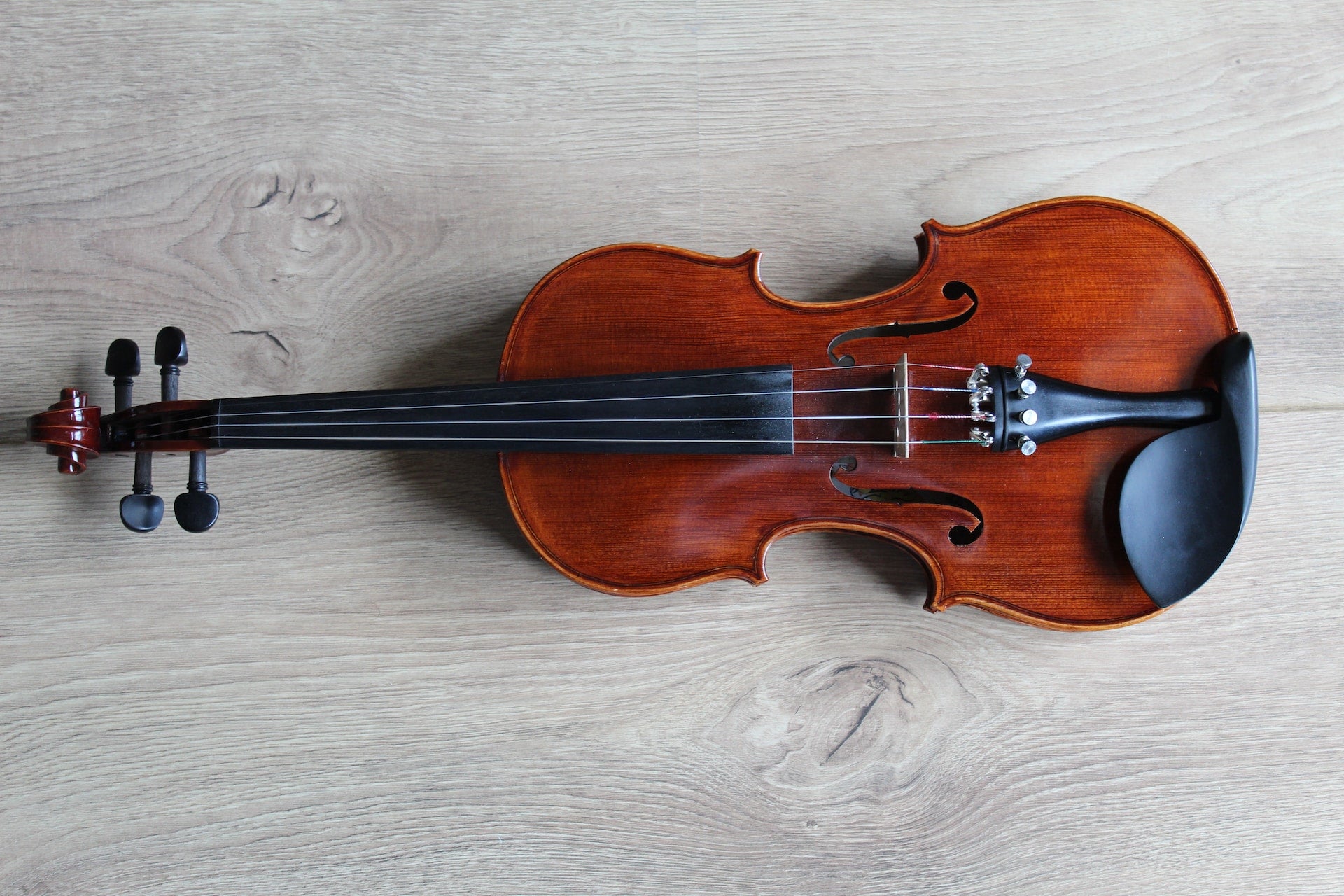By Erica Garcia
You have probably read on your string package ‘medium tension’. You might have even read, ‘high tension’. Not much thought was placed into these words, and your eye’s attention pivoted to the buzzwords, the string’s promise, brilliance, warmth, and fast response. This is all fine and well, but does it matter? What is the deal with string tension, and how does it affect you as the musician?
Medium Tension
Most strings on today's market are medium tension, including cult favorites such as Thomastik-Infeld’s Dominants and Vision for violin and viola. For cello, the beloved Thomastik-Infeld’s Versum and Spirocore are medium tension, along with the iconic Larsen and Larsen Soloist’s Edition strings. These are some of our store’s top sellers, and for good reason. Thomastik’s Dominants are the string of choice for world class violinists, such as concert soloist Hilary Hahn. All of these strings are well loved by students and professionals alike. Medium tension strings provide both a controllable sound and a great ease of playing, allowing for musicians at every level to enjoy their instrument.
High Tension
Some musicians prefer high-tension strings, such as Thomastik Infeld’s Rondos, for their music making. Rondo’s are available for violin, viola, and cello. Their high tension produces a defined focused sound that exposes minute nuances created by the players left and right hands. With these strings, a sound is very transparent, allowing for musicians to explore a greater sound palette with minor movements. Because of this, Thomastik-Infeld recommends their Rondo strings to more advanced players. This grand sound is not without sacrifice. The increased tension means that the strings may feel sharper under a person's fingers, providing mild discomfort to the player. Additionally, a higher tension string may make a musician feel like they must press harder with their left hand in order to play their instrument. While these sensations are easy to become accustomed too, some players may not appreciate the variation of playing style that these strings demand for optimal sound brilliance.
Mix and Match?
With more high-tension strings becoming available on today's string market, experimentation has increased with musicians searching for their ‘perfect sound’. One up and coming combination for the cello is for the high-tension Rondo’s to be used for the A and D string, and for the medium tension Tungsten Spirocores to be used as the C and G. Nicknamed ‘Spirondo’ this combination allows for players to explore the warmth of medium tension for low notes, along with a focused, defined sound for the upper sound register. This combination is very expressive, and provides a player with a wide sound palette to explore with every note. However, strings are a double-edged sword. With the contrasting string tension comes the consciousness of difference. Some players may not like the asymmetrical sensation underneath their hand, wishing for all their strings to have a more similar feel. By contrast, some may enjoy this sensation as they explore the variety that this string set offers.
With string tension, there is no wrong choice. Each player craves their own unique sound, and different strings are just the way for every individual player to find their match.



Leave a comment